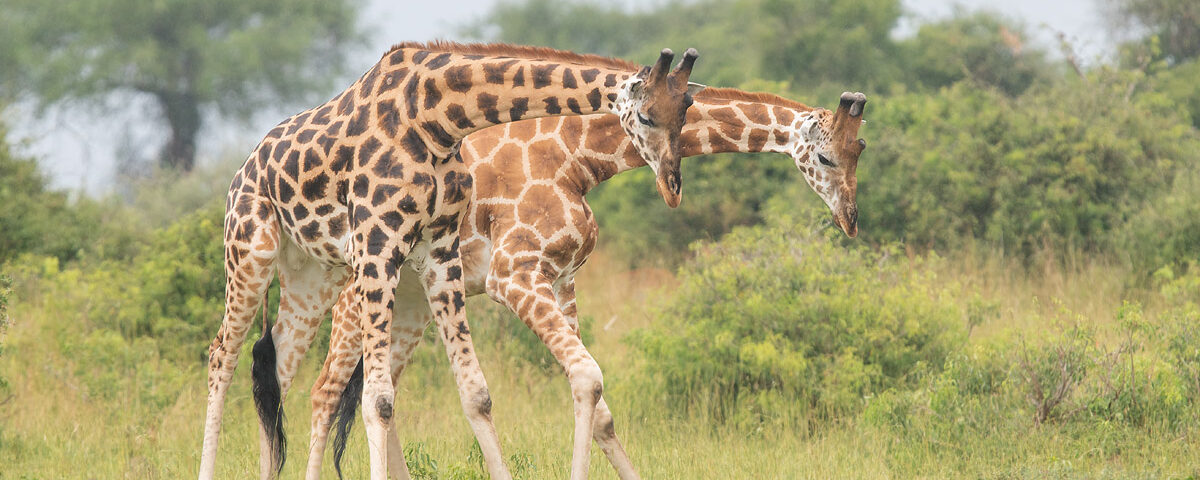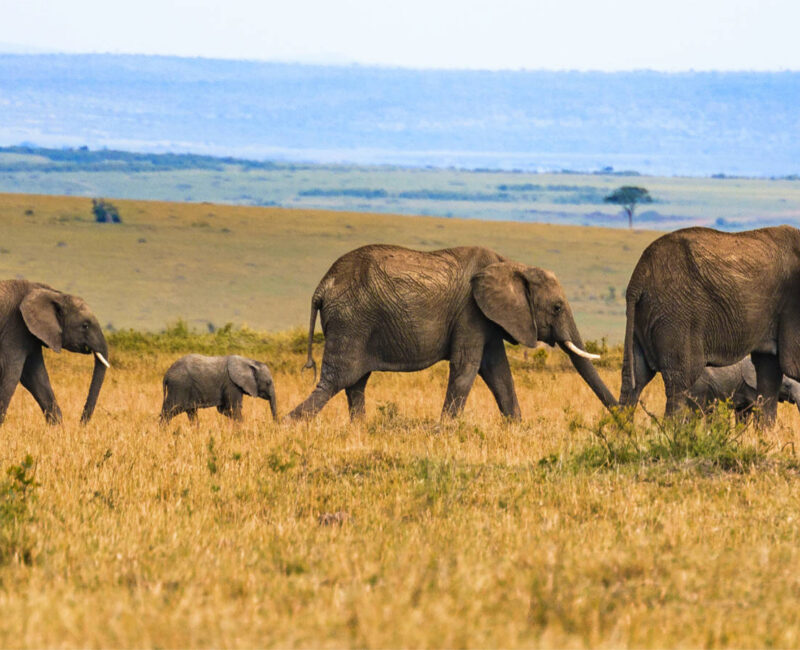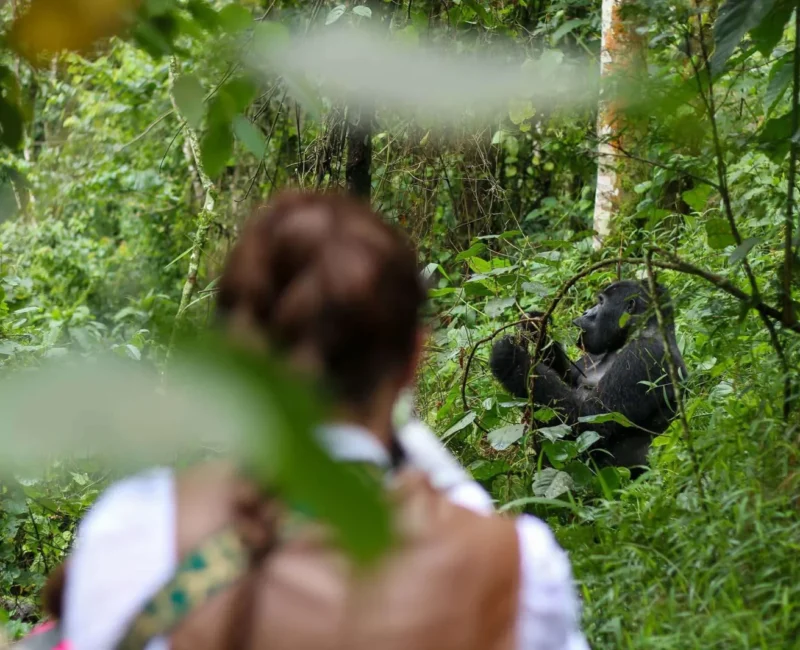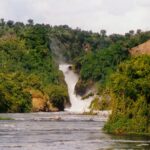
What is the Hike to the Top of Murchison Falls Like?
May 12, 2025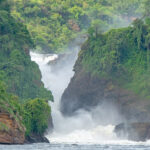
What Makes Murchison Falls Unique Compared to Other Parks?
May 12, 2025What is the History of Murchison Falls National Park?
When asking, “What is the history of Murchison Falls National Park?” we unlock a powerful narrative that intertwines natural majesty with human legacy. Murchison Falls National Park, Uganda’s oldest and largest national park, holds a central place in the heart of Africa’s conservation history. Officially gazetted in 1952, its origins, however, stretch back much further, including historical references from explorers like Samuel Baker, who first documented the breathtaking waterfall in the mid-1800s. Spanning 3,840 square kilometers, the park is the cornerstone of many Murchison Falls Safaris and is part of the larger Murchison Falls Conservation Area.
It’s a destination that blends scenic beauty, wildlife richness, and historical depth—offering a complete Uganda Safari experience. This historical backdrop enhances popular activities such as the Hike to the Top of Murchison Falls, Chimpanzee Tracking in Budongo Forest, and cultural excursions with local communities. The legacy of conservation, exploration, and tourism that surrounds the park continues to evolve, making the history of Murchison Falls National Park an integral aspect of every journey through this stunning wilderness.
Early Exploration and Colonial Impact
To fully grasp “What is the history of Murchison Falls National Park?” we must look back to the mid-19th century when British explorer Sir Samuel Baker became the first European to witness the powerful Murchison Falls. In 1864, Baker named the waterfall after Roderick Murchison, then president of the Royal Geographical Society. This marked the beginning of global awareness of the park’s majestic beauty. As British colonial interests expanded in Uganda, the area around the Nile, including what is now the park, gained prominence for its natural resources and ecological potential.
During this period, steps were taken to conserve the region’s biodiversity, and by the 1920s, sections of the area were recognized as game reserves. The official designation as a national park in 1952 established Murchison Falls as a sanctuary for wildlife and a critical component of Uganda’s protected areas. Visitors on Murchison Falls Tours today can trace these historic footsteps while enjoying the park’s vibrant landscapes and wildlife. The influence of early exploration and colonial conservation initiatives continues to shape the region’s identity, both culturally and ecologically.
Development into a Premier Safari Destination
Answering “What is the history of Murchison Falls National Park?” would be incomplete without acknowledging the park’s transformation into a leading safari destination. Following its gazettement, the park quickly became a magnet for travelers from around the world. In its early years, prominent figures including Winston Churchill and Ernest Hemingway visited the park, drawn by its raw wilderness and dramatic landscapes. Hemingway’s two-plane crashes near the park in 1954 brought international media attention, further cementing Murchison Falls’ place on the global tourism map.
During this era, Murchison Falls Safaris began gaining popularity, combining thrilling wildlife safari experiences with breathtaking scenery along the Nile River. Key activities such as boat cruises to the base of the falls and game drives through the savannah became hallmarks of Uganda Safaris. The development of roads, lodges, and infrastructure enabled easier access, inviting more explorers to discover the park’s treasures. Today, these early tourism foundations support a diverse range of activities—from Gorilla Trekking in Bwindi to Chimpanzee Tracking in Budongo—all interconnected through Uganda’s evolving eco-tourism network.
Challenges and Conservation Resilience
As with many protected areas in Africa, “What is the history of Murchison Falls National Park?” includes periods of adversity. The 1970s and 1980s were particularly challenging due to political instability and poaching, which led to significant declines in wildlife populations. The fall of Uganda’s tourism sector during this era impacted park management and conservation activities. Yet, Murchison Falls National Park endured. Thanks to renewed conservation efforts in the 1990s and 2000s, wildlife populations began to recover, and tourism was revitalized. Organizations and partnerships, including those involving local communities, government agencies, and conservation NGOs, played a crucial role in this resurgence.
Modern-day Murchison Falls Safaris are a testament to the park’s resilience, offering travelers the chance to witness the results of successful wildlife reintroduction programs and habitat restoration efforts. The park’s recovery is not just about animals—it’s also about people. Cultural Experiences now flourish around the park, with community tourism initiatives adding richness and diversity to Uganda Safaris. These efforts underscore the importance of continued investment in conservation education and sustainable tourism practices.
The Role of Local Communities and Culture
Another key element in answering “What is the history of Murchison Falls National Park?” is understanding the role of the indigenous communities who have lived in and around the area for generations. Tribes such as the Alur, Acholi, and Banyoro have long had cultural and spiritual connections to the land. With the establishment of the park, many communities faced restricted access to ancestral lands, which initially caused tension. However, through community-based conservation models and tourism revenue-sharing programs, these relationships have evolved into partnerships.
Today, Cultural Experiences form a vital part of Murchison Falls Safaris, allowing visitors to engage with local traditions, music, dance, and crafts. These experiences not only enrich Uganda Safari itineraries but also provide sustainable livelihoods for local residents. Whether through homestays, cultural centers, or guided heritage walks, the cultural dimension of the park’s history is both vibrant and enduring. It represents a growing movement toward inclusive conservation where protecting biodiversity goes hand in hand with honoring cultural heritage and promoting community well-being.
Murchison Falls in the Contemporary Conservation Landscape
To complete the narrative of “What is the history of Murchison Falls National Park?”, we must look at its role today. Murchison Falls is more than a historical site—it is a living, breathing landscape that continues to adapt to the challenges and opportunities of modern conservation. The park is part of Uganda’s strategy to develop eco-tourism and safeguard natural heritage while supporting economic development. Murchison Falls Tours now include educational safaris, volunteer programs, and tailored experiences for birders, photographers, and researchers.
The park’s relationship with other protected areas—such as Queen Elizabeth National Park, Kidepo Valley, and Bwindi Impenetrable Forest—enables seamless integration into multi-destination Uganda Safaris. Activities like the Hike to the Top of Murchison Falls or Chimpanzee Tracking are no longer isolated attractions but part of a broader eco-tourism vision. Gorilla Trekking in Bwindi is often paired with visits to Murchison, reflecting a growing interest in comprehensive, conservation-oriented travel. EcoQuest Safaris is proud to be part of this legacy—promoting ethical travel that honors the park’s past while building a sustainable future.

